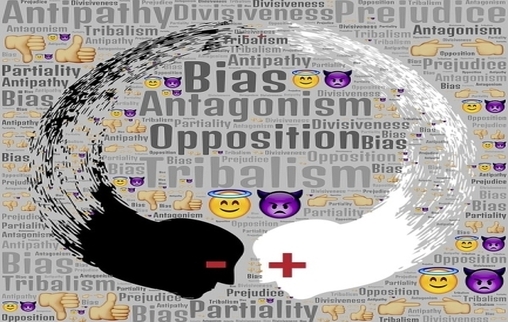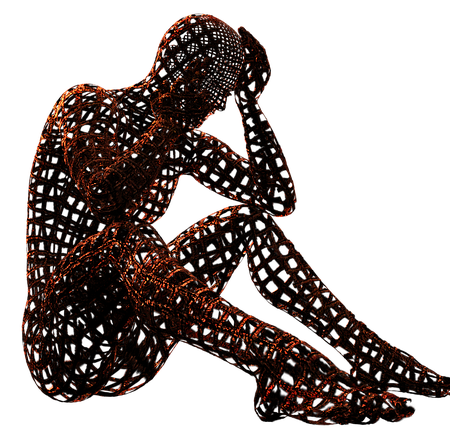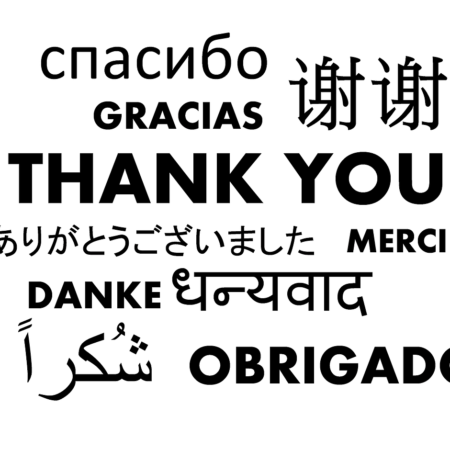
Work on Your Biased Thinking and Take Real Control of your Decisions
A member of your team, a hiring manager – someone you trained – is tasked with selecting between two candidates for a high-level position. Both are qualified, and both did well in interviews. Your hiring manager is leaning toward one candidate. That candidate, you discover, came from the same town as the hiring manager. Deliberate bias? Maybe yes, but don’t jump to that conclusion too fast.
As much as we all want to believe we are unbiased, fair and objective, our brain tells us differently. Culture can shape cognition and how our brains work in different settings. The brain makes judgements and assumptions, creates patterns of behavior, and molds our reality. What has become known as “brain bias” occurs, often, without conscious thought and we do it constantly. Neuroscientists have begun to probe the neural basis of prejudice and stereotyping in an effort to identify how these biases form and influence our conduct and how they might be regulated.
Don’t beat yourself up about it. There’s a scientific reason for why we chose one job candidate over another, who you select for your project team, why we judge someone based on their gender or skin color, or react defensively in a situation other than outright bias. Decision-making may not be completely conscious, deliberate, analytical or objective, but the more we know about it, the better we can control the culture-dependent connections between cognition and brain function. It’s the only way to take back our decision-making mojo.
Can the brain self-regulate and correct our thoughts?
Our brain makes past associations. Deep in the brain is the hippocampus, the site that helps consolidate memories. According to researchers, the hippocampus has a built-in bias that coaxes our brain toward certain choices based on past experience. Our brain networks associations in memory formed by various experiences. This, say the researchers, is how we make decisions about new options.
Unconscious decision-making creates stereotypical thinking. David Amodio, Associate Professor of Psychology and Neural Science at New York University says this capacity to discern “us versus them” is “fundamental in the human brain. Although this computation takes just a fraction of a second, it sets the stage for social categorization, stereotypes, prejudices, intergroup conflict and inequality”.
The implications in the business world are obvious but never-the-less of concern to those in leadership positions who are paid and expected to make informed, educated, deliberate decisions based on facts and evaluation. Yet we err on the safe side, make accidental connections, generalize, and react defensively in certain situations. “You struggle to see the big picture and ultimately your overall productivity drops,” says Manie Boseman, CEO at the Strategic Leadership Institute in Johannesburg, South Africa.
How to Overcome Brain Bias
The first step is to acknowledge that we are all biased, that we have blind spots. Next, understand the different wrappers brain bias comes in:
- Mental Laziness. Filling in the blanks, shortcuts.
- Unconscious Negativity toward those who are different (gender bias) or to something that is different.
- Generalizations. Drawing incorrect conclusions from information. For example, thinking that someone who is overweight is lazy and thus unproductive.
- An offshoot of generalizing, the “Halo Effect,” is where we extend our perception of a person to our overall perception. A worker who excels in number crunching might be thought a good leader also.
- Superficiality, where highly attractive people are being evaluated or chosen based on their good looks rather than their skills.
Exercises in overcoming bias:
- Ask trusted colleagues for candid feedback.
- Have discussions with a leadership coach about the assumptions that color your attitudes and their impact.
- Be conscious of words and physical reactions that surface when interacting with others.
- Respect and accommodate different work styles.
- Be mindful, respectful, curious and supportive of colleagues’ differences.
- Listen to all voices equally; speak out if you suspect a colleague’s contribution may be ignored or misappropriated unfairly.
- Always examine your decisions to see if they may be colored by bias.
Some questions to ask yourself to discern bias:
- Do I typically hire the same type of person, or personality type?
- How do I identify candidates for promotion?
- Who do I like to assign to work on project teams?
- Who do I tap for a leadership role?
- Do I turn to the same go-to people most of the time?
- Who do I encourage to lead or speak out at meetings?
- Am I creating equal opportunities for those less extroverted to demonstrate their capabilities?
- Is my slate of candidates or assignment picks culturally diverse?
Biases are cognitive blinders that affect our reasoning, perception, thinking and, ultimately, our decision making. It happens to all of us. Being aware of it is not only important, because it can stop us from making unwise or unfair decisions, but also because bias behaviors become “natural” to you over time making you more vulnerable to be manipulated by others.









